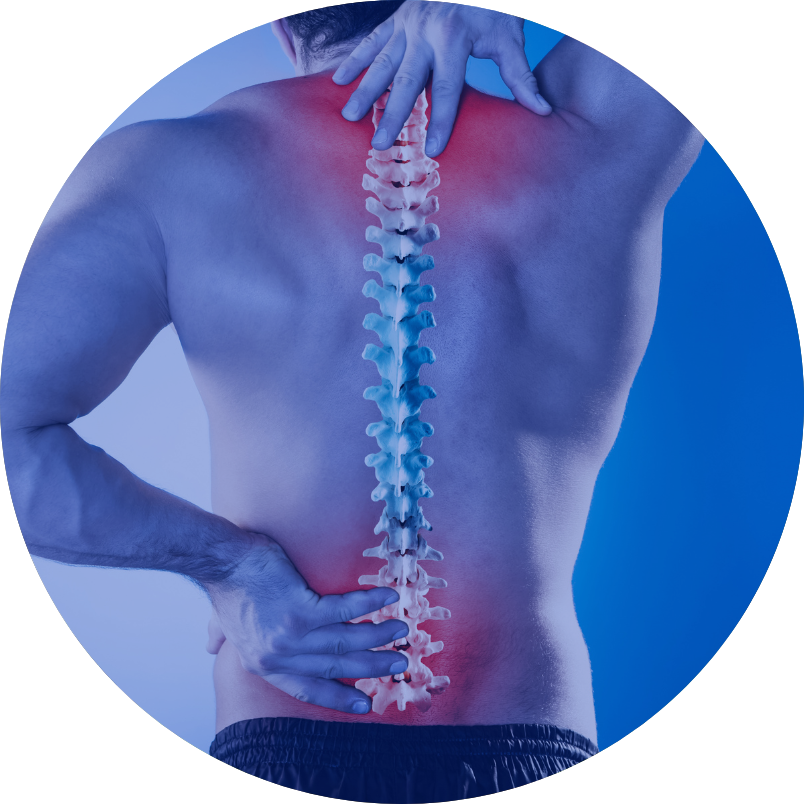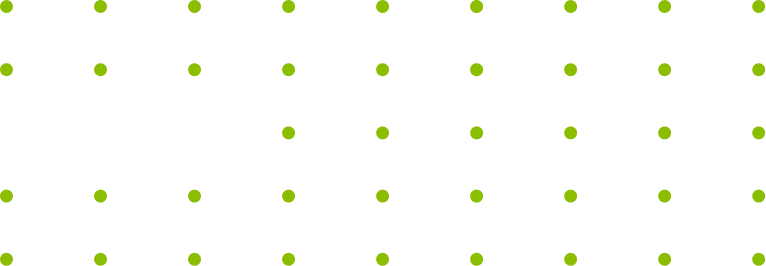Decompression of lumbar stenosis



OPERATIONS
Decompression of lumbar stenosis Discectomy/corpectomy Lumbar microdiscectomy CryoablationOPERATIONS
The procedure involving decompression of the nerve structures within the lumbar spine is carried out when symptomatic lesions are found in the course of degenerative disease of the lumbar spine. Such lesions (herniated intervertebral discs, osteophytes, hypertrophied intervertebral joints, hypertrophied ligaments) cause compression of nerve structures in the spinal canal (spinal nerve roots), giving rise to symptoms resulting from the abnormal function of the compressed elements of the nervous system. This can occur at the level of one or more intervertebral spaces.
Usually, it causes pain in the lumbar spine radiating to one or both lower extremities – depending on the location of the lesions and the compression of specific nerves. This is also often accompanied by sensory disturbances in the lower extremities (weakened or increased sensation and paraesthesia – a feeling of limb numbness).
In some cases, muscle weakness in the lower extremities, causing problems with gait and sphincter dysfunction (inability to urinate or impaired urination control) may additionally occur. Apart from the characteristic symptoms on neurological examination, the presence of lumbar spinal canal stenosis and its exact location is determined by magnetic resonance imaging (MRI) of the lumbosacral spine or, if MRI is contraindicated, by computed tomography (CT) of the lumbosacral spine.
Operative treatment is indicated if there is no improvement after conservative treatment (rest, pain treatment, rehabilitation) or if there is paresis and/or sphincter dysfunction.
Under general anaesthesia, the patient is laid on the operating table in the prone position on special pads. Using an intraoperative X-ray machine, the intervertebral space where the disc has prolapsed is marked. Then, after disinfecting and draping the surgical site and administering local skin anaesthesia, a linear incision of the skin and subcutaneous tissue is made, the length of which depends on the severity and location of the degenerative lesions and the extent of the elective surgery.
After reaching the spinous processes of the spine, the muscles are unilaterally or bilaterally detached from the bony structures of the spine. After reaching the vertebral arches and reconfirming the normal intervertebral space using an X-ray machine, partial removal of the vertebral arches is performed to gain access to the nerve structures inside the spinal canal. Subsequently, under microscopic imaging, the degenerative lesions compressing the nerve structures are removed, reducing the pressure exerted on them. The extent of the operation depends on the patient’s anatomical features and the extent of degenerative lesions determined intraoperatively. After decompression of the nerve structures, layered closure is performed and the operation is completed.
In some situations, it is necessary to use special implants to stabilize the spine.
Preoperative instructions:
– Up-to-date (no more than 6 months old) MRI of the cervical spine;
– Withdrawal of antiplatelet/anticoagulant drugs under medical supervision of the attending physician (substitute treatment with low-molecular-weight heparin is possible);
– Management of the general condition and adequate treatment of comorbidities, ensuring that the elective surgery under general anaesthesia can be performed.
Postoperative instructions:
– Verticalization and rehabilitation of the patient usually begins during the hospitalisation, the day after surgery. In some cases, it is advisable to use a lumbar brace for verticalization in the postoperative period – the indications for use of the brace as well as brace wearing duration are determined individually, depending on the extent of the surgery;
– Changing dressings, care and observation of the surgical wound, removal of sutures on day 10-12. If fever occurs or the surgical wound appears abnormal, its edges become separated or there is discharge coming out of the wound – contact the hospital immediately;
– Perform exercises as instructed and continue rehabilitation;
– Come for neurosurgical check-up in 1 month and in 3 months;
– Use painkillers as needed.

